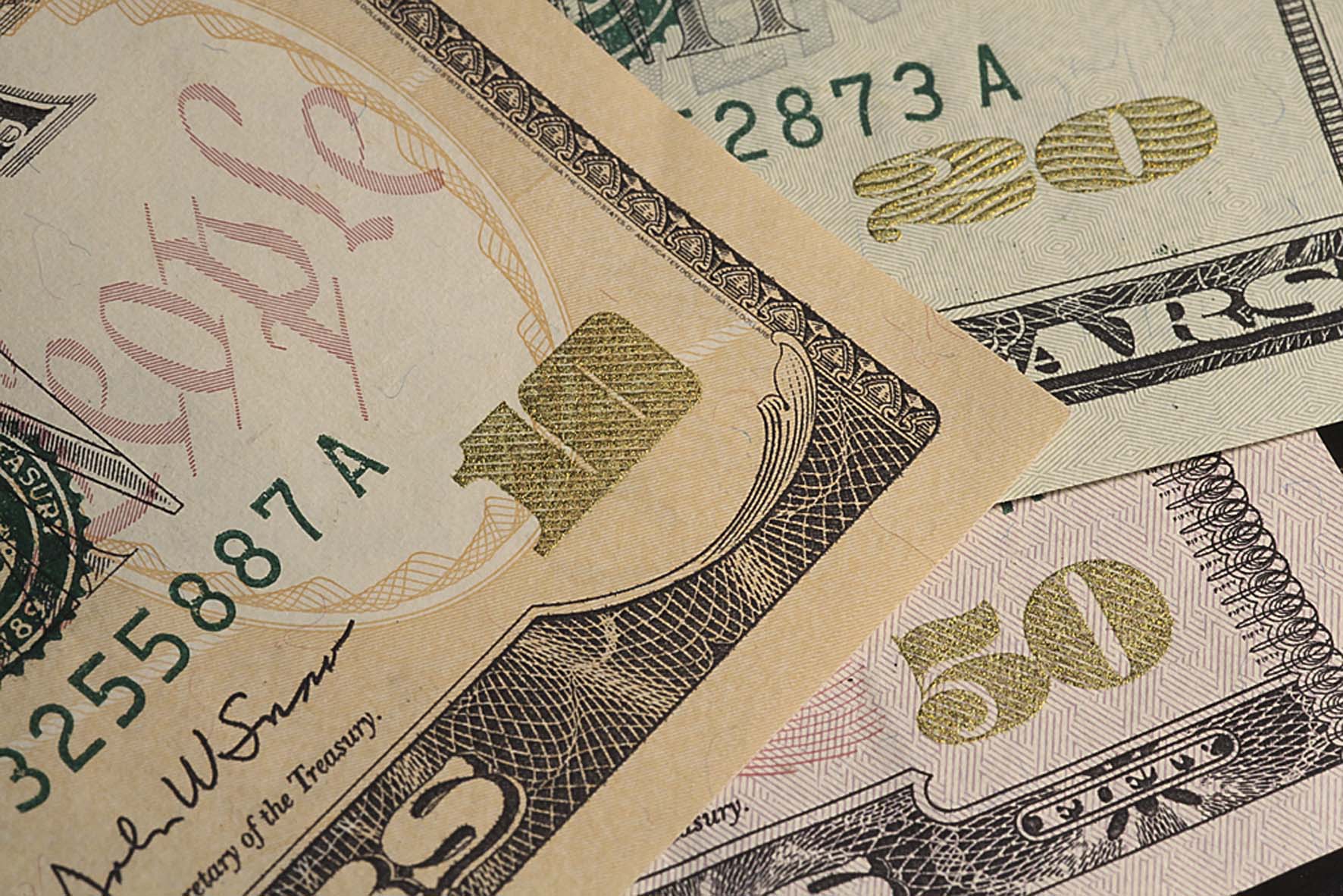4 Benefits of Cash

In recent years, technology has enabled the diversification of payment methods including contactless cards, mobile phones, tablets, smart watches and biometric devices. Deregulation has allowed non-banks into the payments market including Google, Amazon, Facebook and Apple. Despite this disruptive evolution, the demand for banknotes and coins has continued to grow at a significant pace around the world. As a payment instrument, cash retains a dominant role in the vast majority of countries. What makes cash so enduring and prevalent?
- Cash is Universal
Cash can be used by everyone, regardless of age, gender or financial situation. Because it is not linked to the identity of the users, cash does not discriminate against its users. It covers a broad range of transactions.
Cash can be used for a broad range of transactions of different value, via different channels and between different parties. It is a “general purpose” instrument.
Cash payments work anywhere, at any time and with all economic agents. The technology is embedded in the notes and coins. It is not subject to technological breakdowns or failures.
Its legal tender status gives cash a robust legal framework and facilitates its acceptance and usage.
Besides payments, a key function of money is to store value. Cash provides a liquid and secure store of value. The 2008 global financial crisis clearly illustrated its importance.
- Cash is Trust
Cash generates security. Security consists above all, in providing an environment in which consumers feel comfortable to transact.
In modern society, people need to pay for their most basic needs including food, water and shelter. Cash is the only payment instrument which is issued in the best interests of society by a public authority.
Cash enables an immediate transfer of value. Cash is a real-time payment instrument. It does not involve payment risk or credit risk.
Cash is a contingency and fall-back solution. It is a critical infrastructure and plays an essential role in emergencies. The cash cycle has demonstrated its robustness and resilience in times of natural and man-made disasters.
In a society where big data is leading to the increasing monetization of personal information, anonymity is becoming scarcer and more valuable. Cash provides an area of freedom, where people can transact and protect their privacy.
- Cash is Efficient
Cash remains the most commonly used method of payment, accounting for 85% of transactions worldwide.
Considerable efforts are put into user-friendly banknote design. Designers focus on making notes easy to recognize and authenticate while difficult to counterfeit.
Measuring the cost of payments is a complex task and results vary, depending on the market, the scope of the analysis and the methodology. However, the cost of cash remains the benchmark against which the efficiency of other instruments is measured. Cash gives consumers better control of their budgets as they can actually see how much money they have. The pain of paying is more intense when cash is used and this encourages sound financial behavior.
Innovation has widely contributed to the efficiency of cash:
- Banknotes integrate state-of-the-art printing technology;
- Central banks have adapted their cash distribution models to increase the velocity of cash circulation;
- Technology has enabled banks to improve the efficiency of cash distribution.
- Cash ensures competition among payment instruments
Payments are a highly concentrated market and, with growing pressure on prices, operators seek to achieve economies of scale through consolidation.
- Cash Connects People
Cash is used by all, young or old, rich or poor. It does not lead to discrimination as everyone uses the same notes and coins. Cash contributes to social cohesion and constitutes the ultimate social network.
The penetration of notes and coins is not measured, but it is likely that close to 100% of the population use banknotes at one stage or another. It is estimated that between 500 and 700 billion notes are in circulation around the world.
Money is a cultural instrument that conveys a message of unity for a political community. Because citizens come into contact with banknotes and coins every day, they see them as a symbol of national sovereignty.
For the unbanked, which represent half of the world population, access to cash is the first form of financial inclusion.
Cash plays a key role in building a price reference. Cash is also an important educational tool. Many children around the globe do their first arithmetic by counting notes and coins.
Conclusion
In early economic texts, the functions of money were summarized in a simple rhyme: “Money is a matter of functions four, a medium, a measure, a standard, a store.” Currency has additional merits. Its universal acceptance, its ease of use, its contingency role and its educational role all help to create the sustained demand for notes and coins. Although several alternative payment instruments can match one or two attributes of cash, none can offer its full range of benefits.

